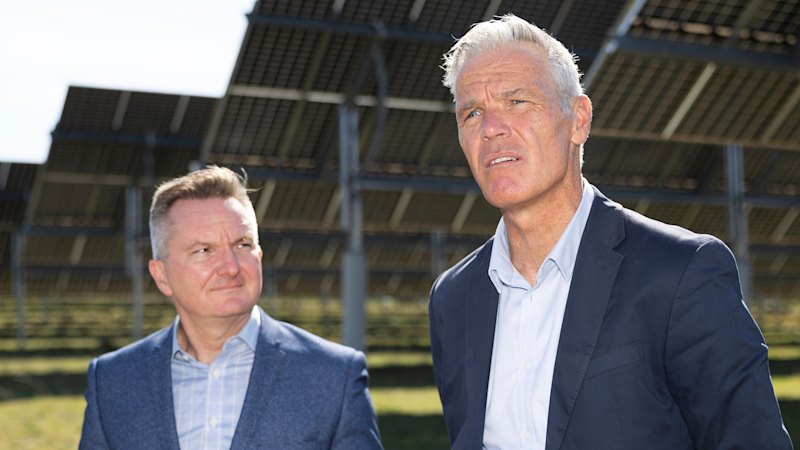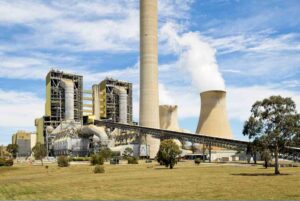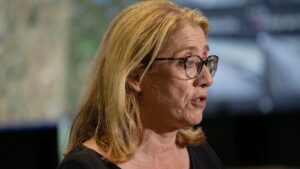
URGENT UPDATE: Farmers in rural Australia are raising alarms over potential financial burdens linked to the decommissioning of aging wind and solar farms on their land. The Australian Energy Infrastructure Commissioner, Tony Mahar, warns that without clear national rules, the energy transition could be jeopardized.
As large-scale wind and solar projects typically operate for 25 to 30 years, the uncertainty surrounding the disposal of old infrastructure has turned into a political flashpoint. At a major regional conference in August 2023, Mahar revealed that farmers hosting such projects could face negative equity when the time comes to dismantle these renewable energy sources.
The pressing issue revolves around the lack of clarity on who will bear the financial responsibility for decommissioning wind turbines, solar panels, and batteries. Mahar emphasized that developers must establish robust financial protections to safeguard farmers. “This issue needs to be sorted,” he stated, highlighting the numerous conversations he has had with community members and industry stakeholders.
On Wednesday, a coalition of renewable industry groups is set to propose a nationally consistent model requiring developers to “ring-fence” funds specifically for decommissioning costs. This plan would ensure that funds accrue over the lifespan of the project and are transferable if the project changes ownership. The proposal will also mandate independent cost estimates and regular reviews to maintain security in case of a developer default.
Mahar’s comments underscore the urgency of addressing these concerns to secure social license for renewable projects in regional areas. “The community needs more confidence that there will be collaboration and rock-solid commitments that landholders won’t be left out of pocket if something goes wrong,” he added.
In support of these developments, Jackie Trad, Chief Executive of the Clean Energy Council, expressed that the proposed framework will provide necessary financial assurances for landowners. “Communities have told us they want assurance that landholders won’t be left carrying the cost of removing wind and solar infrastructure at the end of a project’s life – and we’ve listened,” Trad stated.
The implications of this issue are significant, as farmers could be left grappling with unexpected costs, undermining support for renewable energy initiatives. The AEIC, which handles complaints about wind and solar farms, is working on solutions that can restore confidence in these partnerships.
As the proposal hits the table this week, the focus shifts to whether governments will act swiftly to implement these critical changes. This matter not only affects the farmers involved but also the broader landscape of Australia’s renewable energy transition.
The urgency of this issue cannot be overstated, and stakeholders are watching closely as the renewable energy sector navigates these pressing challenges.





